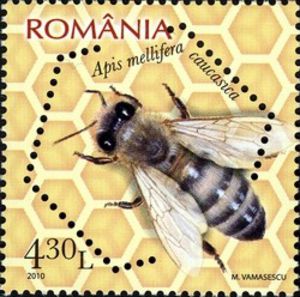For many years environmental groups and beekeepers´ organizations have been pushing for a ban on neonicotinoid pesticides which are linked to bee decline across the world. In a recent study, The toxicity of neonicotinoid insecticides to arthropods is reinforced by exposure time, the Dutch toxicologist Henk Tennekes demonstrates that the long-term risks associated with the insecticides imidacloprid and thiacloprid are far greater than hitherto thought. Honeybees, bumblebees and many other insects are being slowly poisoned to death by these persistent insecticides. Small doses accumulate over time, meaning that there is no safe level of exposure. The study was published on the 23rd of July 2010 in the journal Toxicology (online).
Dr. Henk Tennekes on his results: “The risks of the neonicotinoid insecticides imidacloprid and thiacloprid to arthropods in water and soil may be seriously underestimated. The acceptable limits are based mainly on short-term tests. If long-term studies were to be carried out, far lower concentrations may turn out to be hazardous. This explains why minute quantities of imidacloprid may induce bee decline in the long run.” Because of their high persistence significant quantities of neonicotinoids may remain in the soil for several years. Consequently, untreated plants growing on soil previously exposed to imidacloprid may take up the substance via their roots and become hazardous for bees. Henk Tennekes is also concerned about the high level of surface water contamination with relatively stable agrochemicals. The Dutch water boards have detected imidacloprid levels of up to 320 microgram per liter (µg/l). The European Plant Protection Products Directive (91/414/EEC) requires that there is not an unacceptable impact on non-target organisms in the aquatic and terrestrial environment and that the annual average concentration of an active substance or relevant metabolite does not exceed 0.1 microgram per liter in any ground water.
Sources:
Press Release, August 2, 2010
Coalition against Bayer Dangers (Germany)
Environmental Research Web, 27 August 2010
http://environmentalresearchweb.org/cws/article/news/43568

- Login om te reageren
